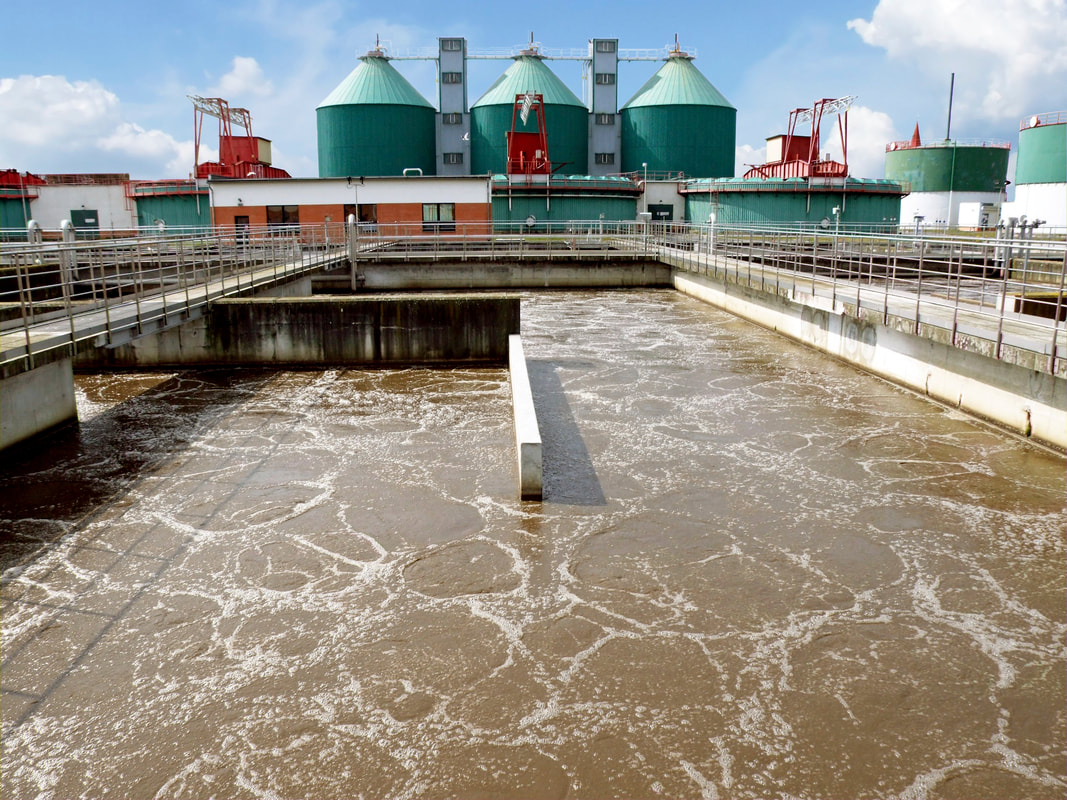How much N & P are needed
Textbook C:N:P ratios are given at anywhere from 100:10:1 to 100:5:1 for aerobic biological treatment. Personally, I prefer using nutrient residuals when working with a system adding nutrients. By using residuals, you are accounting for variation in ratios created by influent makeup and biomass composition. If you have biological unit effluent ammonia nitrogen at 0.25 - 0.5 and orthophosphate at 0.1 - 0.2, you have enough to maintain a stable biomass.
Problem with running ammonia nitrogen residuals for macronutrient dosage
Running residuals on ammonia nitrogen seems like best practices, but with molecular testing we have seen issues with this method of adjusting nitrogen feeds. In a healthy aerobic system, you tend to grow both AOB and NOB cultures if there is ammonia present. The AOB & NOB populations can reduce ammonia below operational targets, resulting in increased nitrogen feed. The problems is you are paying for both the added nutrient and the oxygen required to remove this ammonia - a vicious cycle.
What can be done
If you add urea or other form of nitrogen nutrient in a biological treatment unit, it is beneficial to run periodic Microbial Community Analysis (MCA) checks to see if you have AOB & NOB populations using DNA sequencing technology. If there is an increase in AOB or NOB and effluent ammonia residuals are below residual targets, the solution is not to add more nitrogen. We can monitor biomass health using molecular testing and microscopic exam while adjusting nutrient feeds downward to promote stable biomass.
The next question is does the same thing happen with orthoPhosphate? The answer is having PAO cultures is less likely, but it does happen. Fortunately, the MCA picks up phosphate accumulating organisms too.


 RSS Feed
RSS Feed